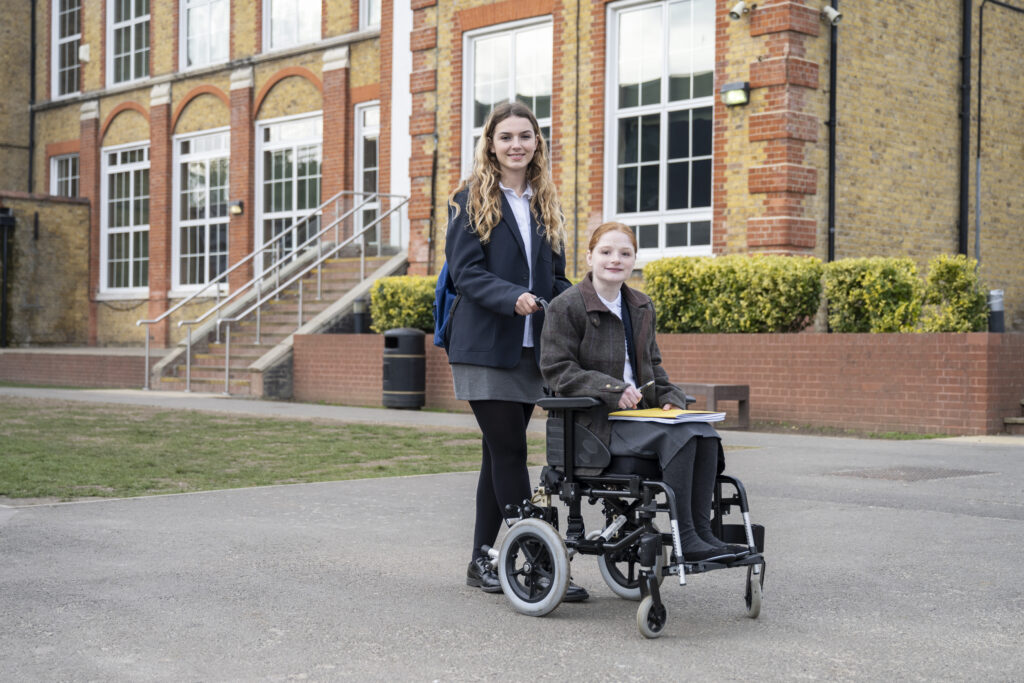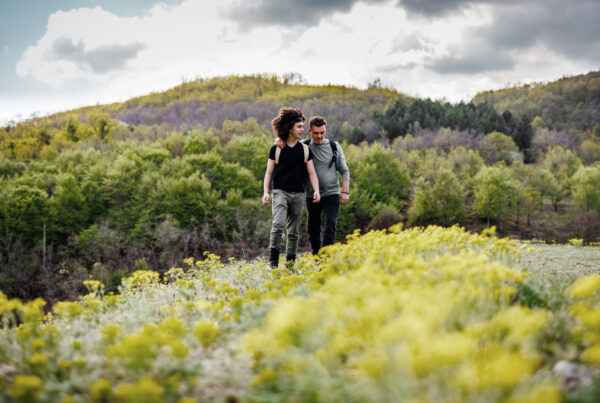
Recent research suggests that during adolescence, humans become more responsive to the opinion and feedback of their peers than at any other time in life. Diverse friendships can promote cross-cultural understanding, empathy, and resilience in the face of social challenges.
It is not easy for parents to control who their teens choose as friends, but they can certainly talk to them about how to choose healthy friendships. It is not so much about the quantity of friends as it is the quality of friends.
Quality friends
- Make each other feel at ease to talk to and share problems.
- Respect each other’s opinions and boundaries.
- Put themselves in each other’s shoes, showing empathy and fostering trust.
- Share moral values and academic aspirations.
- Encourage each other.
- Understand each other’s perspectives.
- Aim for win-win situations in case of discrepancy.
- Say sorry and forgive each other when conflicts arise, always aiming for reconciliation.
- Make you feel valued.
Red flags to look for in friendships: how to recognise unhealthy friends
- Make you feel like you are not good enough.
- Try to make you do things that you do not like or are against your values.
- Scare you by saying that horrible things can happen if you do not agree with them.
- Do not enjoy your success, showing signs of jealousy.
- Ignore your opinions.
- Make you worried on purpose and without a reason.
- Are mean, call you names, or criticise your looks disrespectfully.
- Try to control your thoughts and actions in bad faith and not allow you to have other friends.
Adolescence is a sensitive time to develop friendships, with extensive changes in the neuronal network and connections. Healthy friends make each other feel valued and respected, fostering trust and empathy
Dr Emma Allende
Some ideas about how to find healthy friends
- Join after school clubs according to your hobbies.
- Belong to a sports team.
- Engage in community projects that you enjoy.
- Start conversations yourself; if you wait for others to come to you, it may not always happen.
- Show interest in others. Ask general questions to start with about what they like until you see if you can bond with that person.
- Smile and be curious about their lives, but be genuine.
- It takes time to make good healthy friends; do not give up and allow time to develop the friendship slowly.
- Be open to receiving.
- Be your authentic self, accept yourself as you are, and embrace it.
The underlying science of making friends
Studies have shown that during adolescence there is a natural tendency towards seeking social interactions, making friendships a very important aspect of their lives. Recent research suggests that during adolescence, humans become more responsive to the opinion and feedback of their peers than at any other time in life.
Gender plays a significant role in adolescence, with girls tending to prioritise emotional needs and closeness with their friends, whereas boys prefer group-based activities and brotherhood through team sports and shared interests.
Research suggests that diverse friendships can promote cross-cultural understanding, empathy, and resilience in the face of social challenges. Adolescents who have experienced secure attachments with their parents are more likely to form healthy friendships characterised by trust, bonding, and reciprocity.
While social media can enhance social support and facilitate the maintenance of friendships, research has found that it can also contribute to social comparison, cyberbullying, and feelings of isolation.






